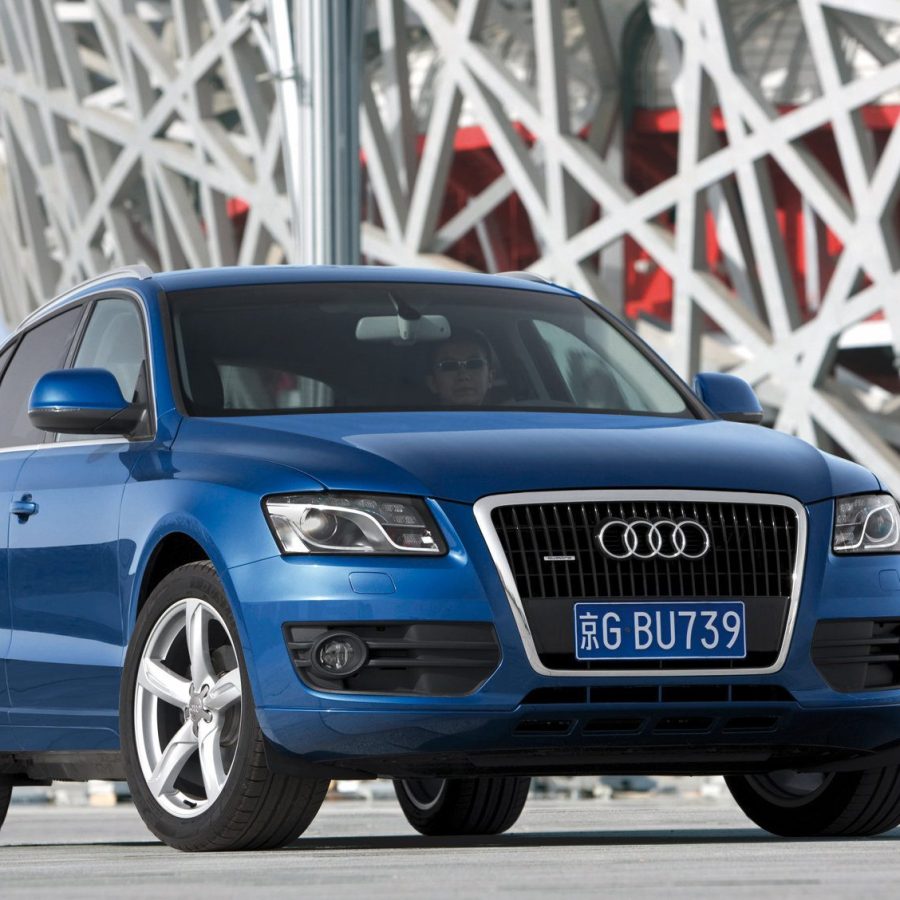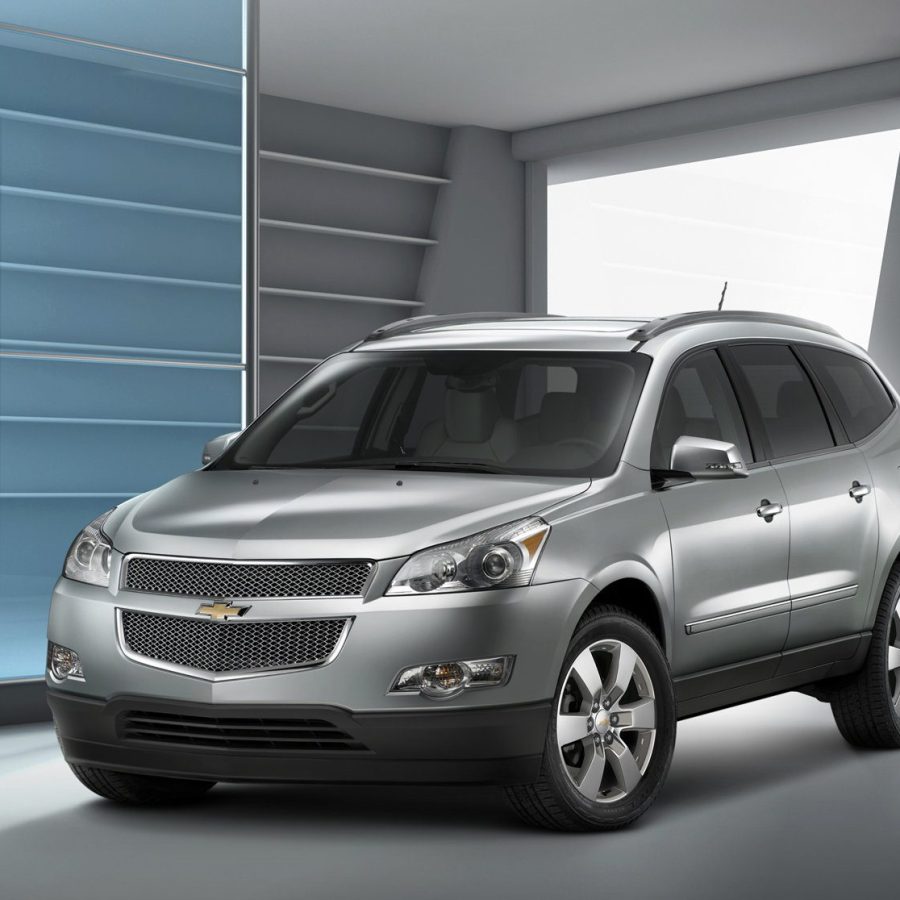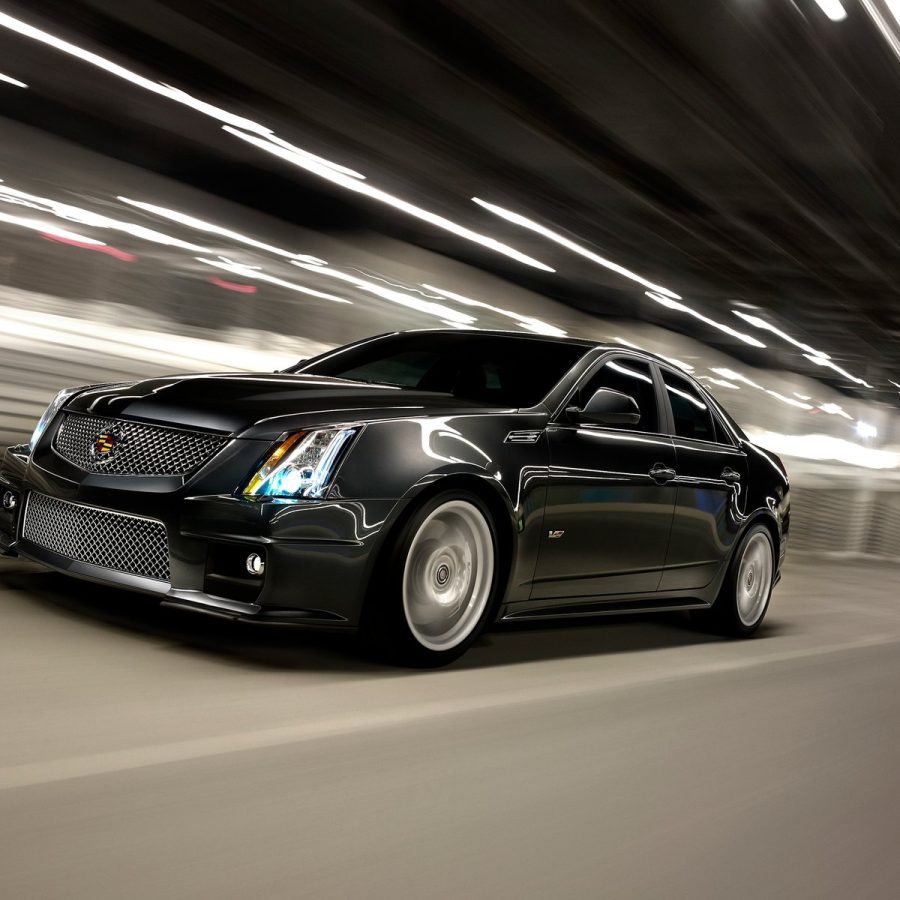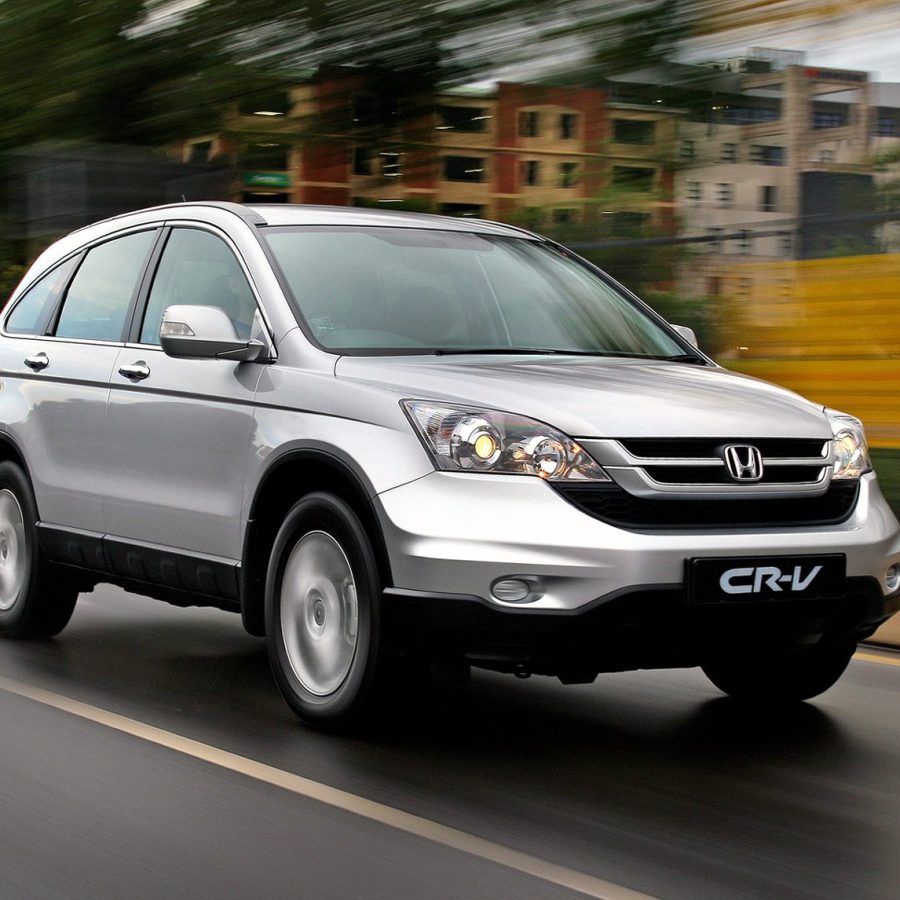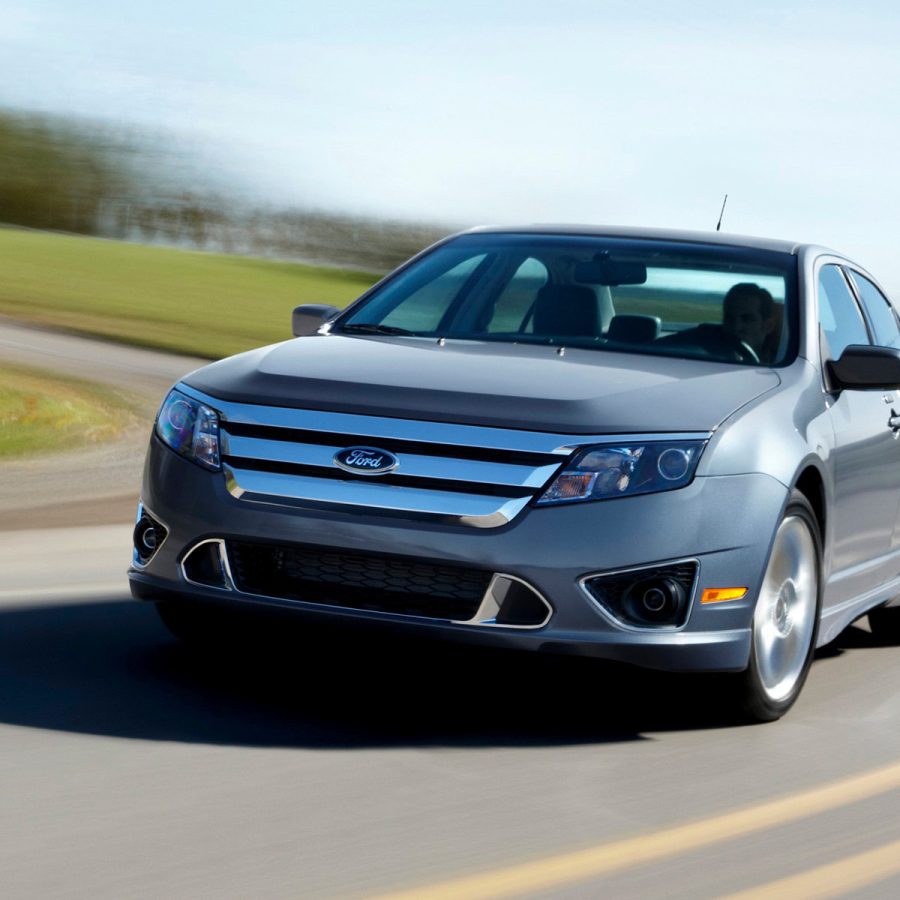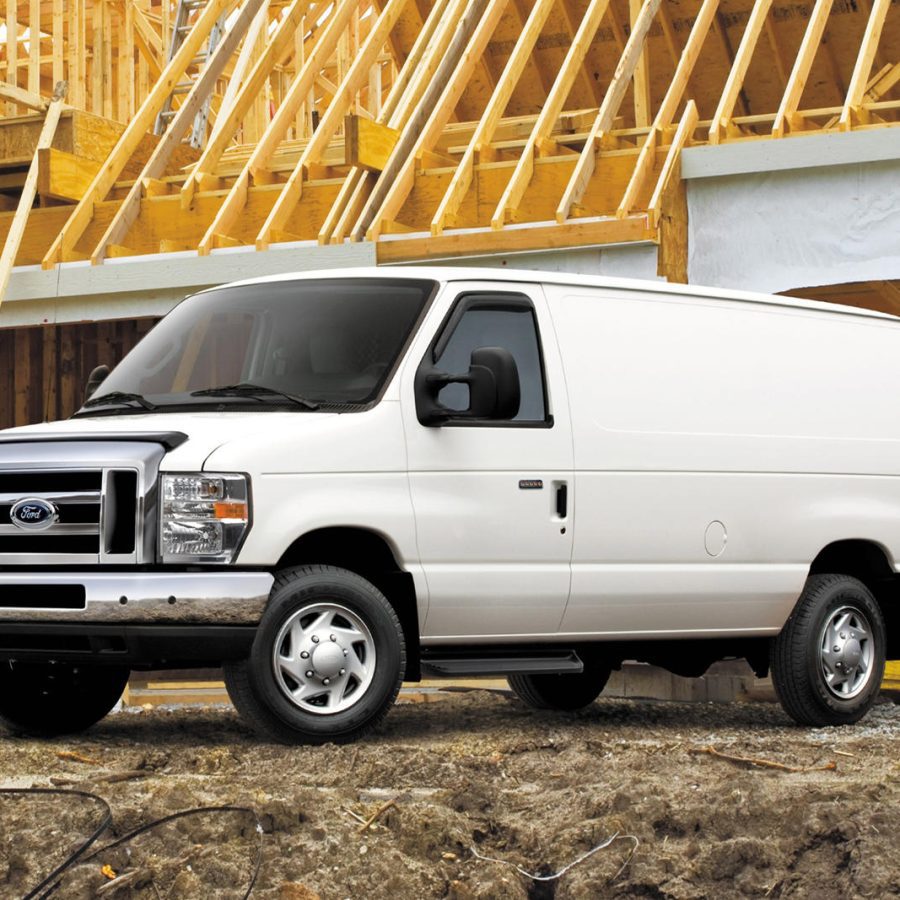2009 U.S Automotive Sales Research
In 2009, the U.S. auto industry continued to grapple with the aftereffects of the financial crisis of 2008. The challenges were immense, but the year also marked the beginning of a slow recovery and significant restructuring for the industry. In the face of overwhelming financial challenges, both General Motors and Chrysler filed for bankruptcy in 2009. As part of their restructuring efforts, they received significant bailout funds from the U.S. government to stay afloat. To stimulate auto sales and promote more fuel-efficient vehicles, the U.S. government launched the Car Allowance Rebate System (CARS), commonly known as "Cash for Clunkers." The program provided financial incentives to car owners to trade in their old, less fuel-efficient vehicles for new, more fuel-efficient ones. It had a short-term positive effect on sales. Despite these efforts, auto sales in the U.S. declined further in 2009, reaching about 10.4 million units, the lowest level since the early 1980s. As part of their restructuring efforts, General Motors and Chrysler shed several brands. GM phased out Pontiac and Saturn, sold Saab, and Hummer was also set to be sold (though the deal later collapsed). Chrysler discontinued its Plymouth brand and sold a major stake of the company to Fiat, marking the beginning of a new partnership. Unlike GM and Chrysler, Ford did not take government bailout funds. The company had secured significant private loans before the financial crisis, which helped it navigate through 2009 without direct government intervention. Ford continued its own restructuring and focused on its "One Ford" global strategy. Hyundai and Kia, in particular, experienced growth, thanks in part to aggressive marketing and favorable warranty programs.


